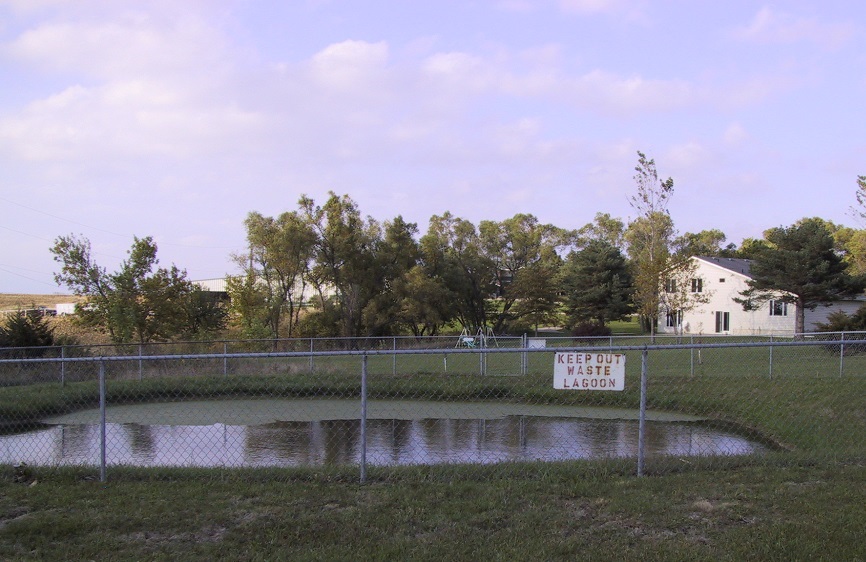One of the services that we offer at Northern Vac Services is topping up septic lagoons. This is the process of dumping into septic lagoons in order to keep their effluent levels up for winter. This is important because if the effluent level is not high enough, pipes running into the septic lagoon could freeze.
With the hot summer Fort St. John and the entire Peace Region experienced, we have seen septic lagoon effluent levels drop due little precipitation and high rates of evaporation. What we do at Northern Vac Services is dump effluent from other jobs into septic lagoons that are noted to have lower than ideal effluent levels. By “topping up” the effluent to desired levels, it ensures that pipes do not freeze in the colder winter months and continue to function properly.
So what is a septic lagoon?
A septic lagoon is a large pond into which the sewage or effluent from the sewage system flows. Septic lagoons are also called effluent ponds. The sewage and effluent are broken down by germs in the lagoon. The sun and wind play an important role in the working of the lagoon. They provide sunlight, warmth and oxygen to the water, which is necessary for the growth of the bacteria in the water.
The sunlight, warmth and oxygen also aid the growth of algae in the water. Algae helps the bacteria break down the sewage and effluent and give the lagoon its greenish colour. The wind helps with the evaporation of the water and also helps get oxygen into the water. Wind creates waves which help stop insects from breeding and living in the water, notably mosquitoes.
For a lagoon to be able to break down the sewage or effluent properly and to be a healthy operation it must meet the following requirements:
- It must not be more than 1 meter deep
- The banks need to be sloped at approximately 15 to 20 degrees and made of concrete, gravel or rock which stops the wave action from eroding the banks
- There must be no grass, trees or other vegetation on the banks or surrounding area which would stop the sunlight and wind needed by the lagoon
- The water must be free of vegetation or objects which stop the lagoon’s surface wave action or create still patches
- It must be surrounded by a high fence with a lockable gate to keep children and animals out
Lagoons which are not working properly or are poorly maintained or damaged may be dangerous to health. Signs of a lagoon which is not working properly are heavy overflow, mosquito breeding or a bad smell. In the winter, a certain level of effluent must be maintained so that pipes do not freeze. This is why we are working with our customers to ensure effluent levels are high enough heading into the winter months.
Contact us if you have any questions around the maintenance and health of your septic lagoon!
250-785-5435

